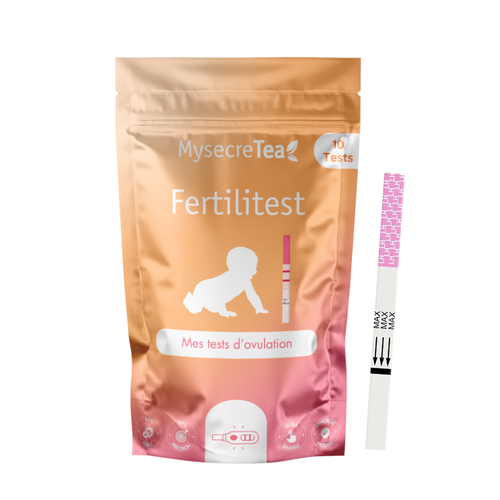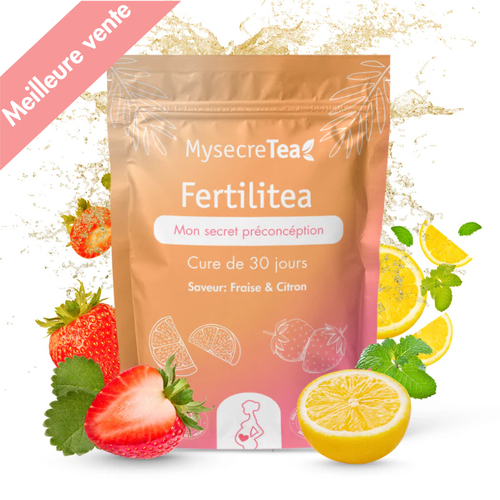Ovulation tests are valuable tools for women looking to conceive or simply better understand their menstrual cycle. They are designed to detect the peak of luteinizing hormone (LH) that precedes ovulation, allowing you to predict the best time to conceive. In this article we will explain in detail what an ovulation test is, how to use our Fertilitest ovulation test correctly, and when it is most appropriate to use it.
- Understanding the menstrual cycle
To use an ovulation test effectively, it is essential to understand the menstrual cycle. The typical menstrual cycle lasts about 28 days, but it can vary from woman to woman. The cycle begins on the first day of your period (day 1) and ends just before the next period begins. It is divided into two main phases: the follicular phase and the luteal phase.
- Follicular phase : This first half of the cycle begins on the first day of menstruation. The ovaries produce estrogen, which stimulates the growth of follicles (sacs containing eggs). During this phase, the body prepares to release an egg.
- Luteal phase : The second half of the cycle begins after ovulation. At this stage, the follicles transform into the corpus luteum, producing progesterone. This hormone prepares the uterine lining for a possible pregnancy.
- What is an ovulation test?
An ovulation test is a small device that detects the presence of luteinizing hormone (LH) in urine. When the LH level rises significantly, it signals that ovulation is imminent. This is a great time to have sex if you want to conceive.
- How to use our ovulation tests?
- Start testing at the right time: To determine the right time to start testing, count backwards from the day your next period is expected to start. We recommend starting testing approximately 17 days before this date.
- Test at the same time every day: LH is generally most concentrated in the early morning hours, so we recommend testing at the same time every day. Avoid drinking lots of fluids a few hours before the test, as this may dilute your urine.
- Follow the instructions: Make sure you follow them carefully to get accurate results.
- Interpret the results: A positive result means the LH level has increased, indicating that ovulation is imminent, usually within 24 to 36 hours. Now is the perfect time to have sex if you want to conceive!
- When to use an ovulation test?
The optimal time to use an ovulation test depends on the length of your menstrual cycle. Here are some general guidelines:
- Short menstrual cycle (21-24 days) : Start testing on the 5th day of the cycle.
- Regular menstrual cycle (25-35 days) : Start testing around day 10 of the cycle.
- Long menstrual cycle (36 days or more) : Start testing around day 18 of the cycle.
It's important to note that our ovulation tests are not a guarantee of conception, but they significantly increase your chances by identifying your fertile window. Remember that stress can influence your cycle, so stay relaxed and follow the advice of your healthcare professional if you are having difficulty conceiving.
Our Fertilitest ovulation tests are therefore practical tools to help women predict their fertile period, which can greatly facilitate conception. By understanding your menstrual cycle, choosing our Fertilitest Ovulation Test and following the instructions, you can maximize your chances of getting pregnant. Remember that patience and consistency are essential in the design process. If you experience difficulty, consult your doctor for further advice.





